The office interior design space plays a crucial role in the productivity and satisfaction of its employees. A well-designed office interior design space should balance both functionality and aesthetics to create a space that is both practical and visually appealing. In this article, we will discuss some tips on how to balance functionality and aesthetics in office interior design.
Consider the needs of the employees
When designing an office interior design space, it is essential to consider the needs of the employees who will be using the space. This includes their job functions, work styles, and preferences. For example, employees who work in a collaborative environment may require more open spaces and comfortable seating areas, while employees who need quiet and privacy may require more closed-off spaces.
Prioritize functionality
Functionality should always come first when designing an office space. It is important to create a space that allows employees to work efficiently and effectively. This includes having enough workspace, proper lighting, comfortable seating, and easy access to necessary resources. A well-designed office should allow employees to work without distractions or discomfort.
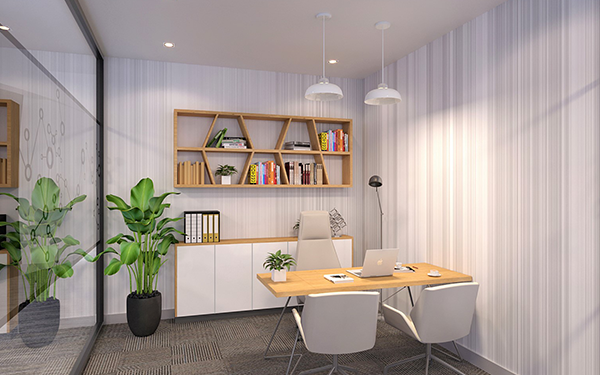
Choose a cohesive design aesthetic
Choosing a cohesive design aesthetic can help to create a visually appealing office interior design space. This includes selecting colors, materials, and furniture that complement each other and create a cohesive look. A cohesive design can also help to reinforce a company's brand identity and values.
Incorporate natural elements
Natural elements, such as plants and natural lighting, can help to create a more comfortable and relaxing office environment. Studies have shown that incorporating natural elements can also help to improve employee well-being and productivity. Adding plants to the office, for example, can help to purify the air and reduce stress levels.
Balance lighting
Lighting is an essential aspect of office interior design. It is important to balance natural and artificial lighting to create a space that is comfortable and functional. Natural lighting is preferred as it is healthier and cost-efficient. However, artificial lighting is necessary in places with little to no natural light. It is important to use lighting that is bright enough to illuminate workspaces but not too harsh or glaring.
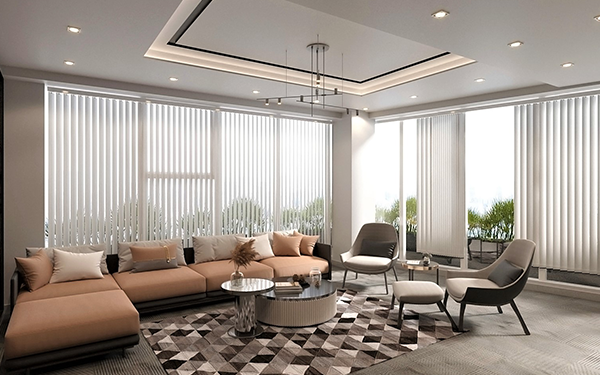
Incorporate storage solutions
A well-designed office should incorporate plenty of storage solutions to keep the space organized and clutter-free. This includes filing cabinets, shelves, and storage boxes. By keeping the office clutter-free, employees can work more efficiently and feel less stressed.
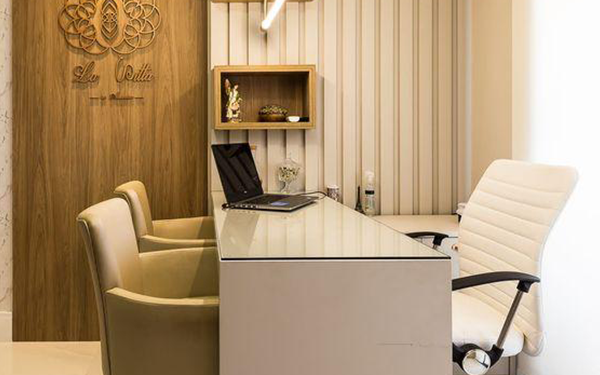
Choose ergonomic furniture
Ergonomic furniture can help to improve employee comfort and productivity. It is important to select chairs, desks, and other furniture that is comfortable, supportive, and promotes good posture. Ergonomic furniture can also help to reduce the risk of injuries and long-term health issues.
In conclusion, office interior design should balance functionality and aesthetics to create a space that is both practical and visually appealing. By considering the needs of the employees, prioritizing functionality, incorporating natural elements, balancing lighting, incorporating storage solutions, and choosing ergonomic furniture, you can create an office interior design space that is both efficient and comfortable. With the right office interior design, you can improve employee satisfaction, productivity, and overall well-being.
Office interior design plays a significant role in improving employee satisfaction. The environment in which people work can have a substantial impact on their productivity, creativity, and overall well-being. A well-designed office can help reduce stress, improve collaboration and communication, and increase job satisfaction. In this article, we will discuss how office interior design can improve employee satisfaction and what factors to consider when designing an office.
Lighting
Lighting is an essential element for office interior design. Poor lighting can lead to eyestrain, headaches, and fatigue. On the other hand, proper lighting can improve the mood and productivity of employees. Natural lighting is the best option, but not all offices have access to it. In such cases, it is crucial to choose the right type of artificial lighting. LED lights are the best option as they provide bright and energy-efficient lighting.
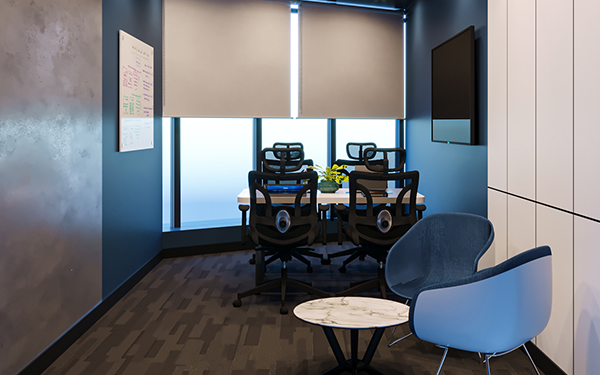
Ergonomics
Ergonomics refers to the design of a workspace that meets the needs of employees. It involves the placement of furniture, equipment, and tools that help reduce the risk of injury and fatigue. When designing an office interior, it is important to consider the needs of employees, such as the height of the desk, the angle of the monitor, and the type of chair. Ergonomic furniture helps employees maintain a good posture and reduces the risk of back pain, neck pain, and other musculoskeletal disorders.
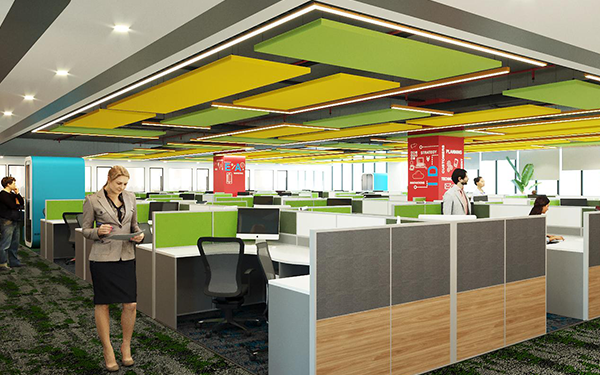
Noise Control
Noise is one of the biggest distractions in an office. It can affect employee concentration and lead to stress. When designing an office interior , it is important to consider noise control measures such as sound-absorbing materials, sound masking, and acoustic partitions. These measures can help reduce noise levels and improve employee satisfaction.
Colors
Colors can have a significant impact on employee mood and productivity. It is important to choose the right colors for the office interior design. Blue, green, and yellow are known to increase productivity, while red and orange can stimulate creativity. Neutral colors such as beige and gray can help create a calm and professional atmosphere.
Comfortable Break Rooms
Break rooms are an essential part of any office interior design. They provide a space for employees to relax and recharge. When designing a break room, it is important to consider the needs of employees. Comfortable seating, a coffee machine, and a microwave are some of the essentials of a break room. A well-designed break room can help improve employee morale and reduce stress.
Open Spaces
Open spaces are becoming increasingly popular in office interior design. They provide a collaborative and creative environment for employees. Open spaces can help improve communication and reduce the feeling of isolation. When designing an open space office interior design, it is important to consider the acoustics and privacy of employees. Sound-absorbing materials and partitions can help create a balance between open and private spaces.
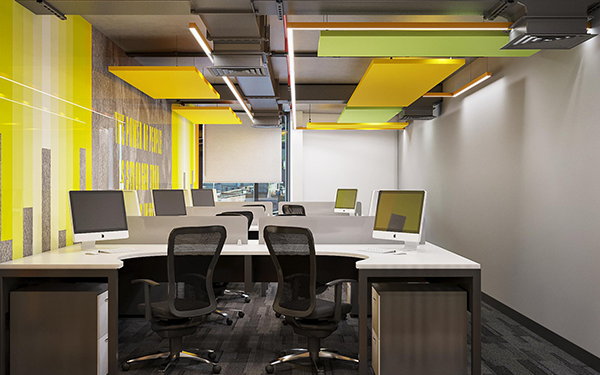
Plants
Plants can have a positive impact on employee well-being. They can improve air quality, reduce stress, and increase productivity. When designing an office interior , it is important to consider the placement of plants. They can be placed in common areas or on desks. They can also be used as a natural divider between workstations.

Flexibility
Flexibility is becoming increasingly important in office interior design. It involves creating a workspace that can adapt to the changing needs of employees. Flexibility can help improve employee satisfaction by providing a workspace that meets their needs. Some examples of flexible design include movable walls, adjustable workstations, and modular furniture.
In conclusion, office interior design plays a significant role in improving employee satisfaction. Lighting, ergonomics, noise control, colors, comfortable break rooms, open spaces, plants, and flexibility are some of the factors to consider when designing an office. A well-designed office can help reduce stress, improve collaboration and communication, and increase job satisfaction.
In today's fast-paced world, maintaining a healthy work-life balance has become increasingly important. An office that promotes a healthy work-life balance can have a significant impact on the physical and mental well-being of employees. In this article, we will explore how office interior design can contribute to promoting a healthy work-life balance.
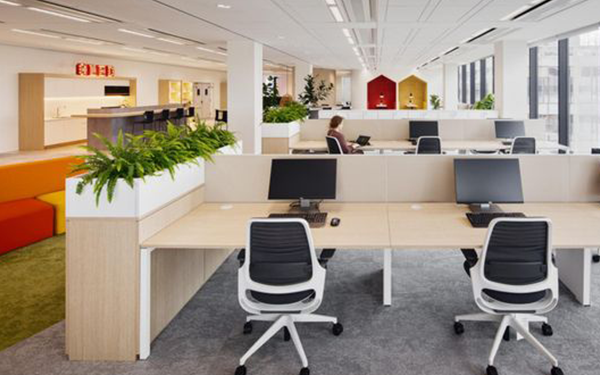
Incorporate Natural Elements:
Natural elements such as plants, sunlight, and fresh air can have a significant impact on an individual's well-being. Incorporating these elements into office interior design can create a peaceful and calming environment that promotes mental health.
Provide Comfortable Seating:
Office employees spend a significant amount of time sitting at their desks.Office interior design incorporates comfortable and ergonomic seating that can reduce the risk of developing back pain or other health-related issues.
Create Relaxation Spaces:
Creating spaces for relaxation, such as quiet rooms or meditation areas, can be beneficial for employees' mental health. These spaces can provide employees with a break from the stresses of work and help them recharge.


Design Spaces for Movement:
Office interior design spaces that encourage movement, such as standing desks or active seating options, can promote physical health and combat the negative effects of sitting for extended periods.
Use Colors to Promote Well-being:
In office interior design colors have a significant impact on an individual's mood and well-being. Incorporating calming colors such as blues and greens can create a peaceful atmosphere that promotes mental health.
Allow for Personalization:
Allowing employees to personalize their workspaces can contribute to a sense of ownership and pride in their work environment, promoting a positive work-life balance.
Provide Healthy Snack Options:
Providing healthy snack options can promote physical health and energy levels. Employees who have access to healthy food options are more likely to feel motivated and productive throughout the workday.
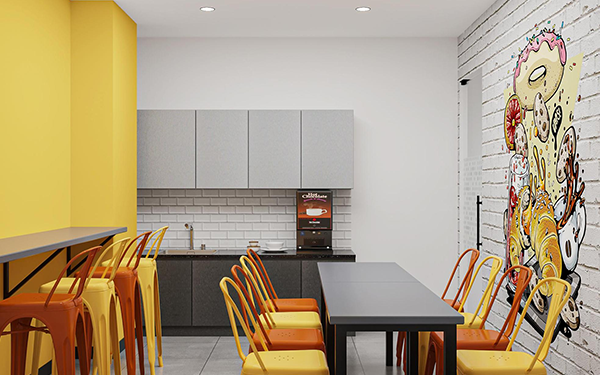
Allow for Personalization:
Designing office interior design spaces that encourage social interaction, such as open collaborative areas or communal spaces, can promote a sense of community and reduce feelings of isolation.

Prioritize Comfortable Lighting:
Proper lighting can reduce eye strain and headaches, which can contribute to a healthy work-life balance. Office interior design spaces with comfortable lighting options can promote physical and mental well-being.
Create a Supportive Work Environment:
Ultimately, the most critical aspect of promoting a healthy work-life balance through office interior design is creating a supportive work environment. An environment that prioritizes employee well-being and recognizes the importance of work-life balance can contribute significantly to employee satisfaction and retention.
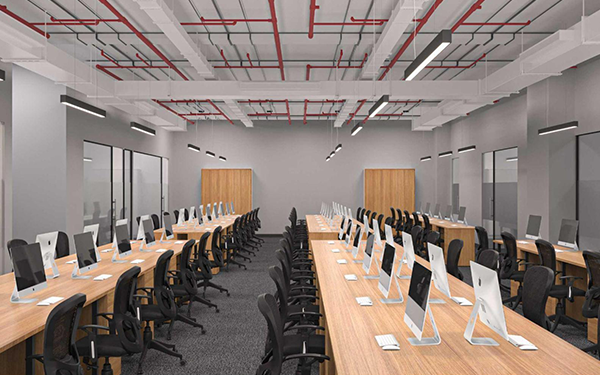
In conclusion, office interior design can have a significant impact on promoting a healthy work-life balance for employees. Incorporating natural elements, creating relaxation spaces, encouraging movement and social interaction, providing healthy snack options, and prioritizing comfortable lighting and seating are all ways that office interior design can contribute to a supportive work environment. By prioritizing employee well-being and promoting a positive work-life balance, companies can attract and retain top talent while fostering a culture of productivity and creativity.